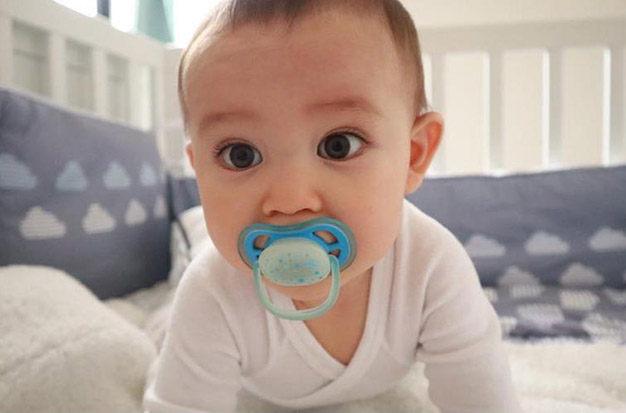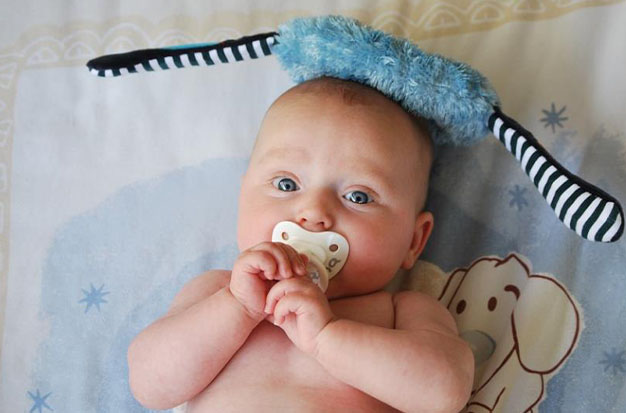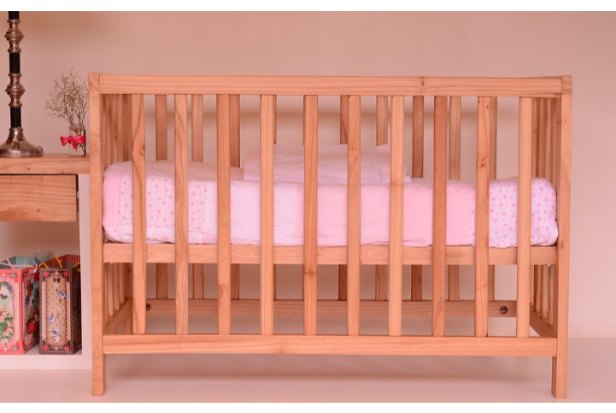On parenting message boards, there is debate over the use of pacifiers for infants. You might experience information overload. Breastfeeding will be impacted, right? How many pacifiers do I need? Do pacifiers cause my baby to become dependent?
Every parent has these inquiries. We’ll discuss the advantages and disadvantages of using pacifiers in this article, as well as what to look for.
Are Pacifiers Really Necessary?
No, pacifiers are not required, but they can have a number of benefits.
While not all infants will accept a pacifier, for those who enjoy sucking, it can be a wonderful tool to calm your baby when she is upset. Situations that might otherwise be stressful can be temporarily diverted by them. Especially if your child is having trouble settling, they might help your baby fall asleep. You can use them to help wean your child.
They can be a great disposable option if your child enjoys sucking on their fingers or thumb. Additionally, pacifier use has been linked to a lower risk of SIDS.
When deciding whether to give your baby a pacifier, it’s important to weigh the advantages and disadvantages. For instance, your baby might become reliant on their pacifier and develop a long-lasting habit that might be challenging to break. If you do not wean your child off the pacifier at a young enough age, long-term pacifier use could result in dental issues.
Benefits Of Pacifiers
For newborns and breastfed infants, using a pacifier has a number of advantages. These include:
Lowered Risk Of Sids
The main benefit, for many parents, is that it lowers the possibility of SIDS or Sudden Infant Death Syndrome. It’s possible that this reduction will be 50% or more. Doctors and scientists are unsure of the exact nature of the connection. Some people think that giving your baby a pacifier while they are sleeping will stimulate their brain, which will prompt them to breathe.
However, you shouldn’t worry about SIDS if your baby refuses to take a pacifier. The most important step in preventing SIDS is providing your child with a safe sleeping environment. Being in their own bed without any pillows, blankets, or stuffed animals is what this entails.
Better Sleep For Babies
Pacifiers may also improve a baby’s ability to fall asleep, according to some parents. This relates to the previous point; it helps all night long to satiate the suckling reflex. It might make your baby’s slumber deeper and last longer.
Satisfied Suckling Reflex
The fact that pacifiers satisfy the baby’s natural suckling reflex is another advantage of using them. Why is this useful? It provides Mom with a break, for starters. Your breastfed child may attempt to nurse you if you’re feeling uncomfortable if you’re breastfeeding.
This is fine, but a pacifier is a good alternative if you need to take a break and the baby isn’t actually eating. In addition to giving your nipples a break, it helps your baby fulfill their suckling reflex.
Trains Self-soothing
Babies who use pacifiers also develop self-soothing skills. It’s important to hone this ability. Because they lack that reflex, newborns will cry in response to any stress or discomfort. They learn how to calm down without yelling for their parents with the aid of pacifiers.
How Many Pacifiers Do I Require?
Many parents will advise you to only use two or three pacifiers. However, a lot of other parents assert that you’ll need about a million. The truth is that how many pacifiers you need is an entirely subjective question. My observation is that once a baby becomes mobile, they start losing their pacifiers much more frequently.
Further, if you are purchasing pacifiers before your baby is born, it is not a good idea to stock up on any one brand. There is no way to predict which brands your baby will prefer over others and which ones he or she will immediately spit out. Many babies prefer one brand over another.
Having used a variety of pacifiers with variously shaped nipples, I advise having a variety on hand. This will allow you to learn which pacifier your baby prefers. If you’re lucky, you’ll have some pacifiers that are still sealed that you can give back once your child decides which style of pacifier he or she prefers.
Once you know which type of pacifier your baby likes, you may want to make sure that you have two or three on hand at any given time. Small and easily lost, pacifiers are a common baby item. Additionally, it’s a good idea to keep a spare pacifier in the diaper bag in case your kid drops theirs on the ground in a public area.
Are Larger Pacifiers Required?
Yes, as your child grows, you’ll probably need to buy bigger pacifiers eventually.
Prior to the arrival of your baby, there is no need to stock up on larger-sized pacifiers. Each baby is unique, as was already stated. There is no guarantee that your baby will prefer any of the pacifiers you have on hand, and you won’t need the larger sizes until your child is 6, 12, or 18 months old, giving you plenty of time to respond!

Are Pacifiers That Are Bigger Better?
Bigger pacifiers don’t always mean better. The right size and shape for your baby should be purchased. Your child’s age and personal preferences both play a role in some of this.
A pacifier that is too big or too small for your baby’s mouth could make it difficult for them to hold on to it. Additionally, it’s always possible that they’ll reject a pacifier if it’s too big.
What sizes of pacifiers are there, then? Typically, pacifier sizes are based on age. This makes picking the ideal size for your child simple. They usually fall into the range of a few months, which we will discuss in the section below on picking the best pacifier.
Choosing The Right Pacifier For Your Baby
Before purchasing a pacifier, be sure to consider the following:
- Verify that it corresponds to your baby’s age and developmental stage.
- Always go with a one-piece pacifier because there is less chance that it will come apart and pose a choking hazard.
- Since your child has no teeth, you might not be thinking about them right now. To support your child’s gums and teeth, you should, however, always select one with an orthodontic design.
- Large shields on pacifiers that are significantly larger than the child’s mouth are recommended. Verify that the shields have ventilation holes so that air can flow through.
- The shape of its nipple should be symmetrical.
- Do not use scented pacifiers.
- Know the materials that are used to make your pacifier. The best options are always silicone or natural rubber pacifiers. Silicone won’t swell and will keep its shape. If there is a history of rubber allergies in your family, using a natural rubber pacifier could cause an allergic reaction. Additionally, they need to be changed out more frequently than other types because they expand with use.
What Age Should My Baby Stop Using Pacifiers?
Baby pacifier use should be discontinued after the age of one, according to the AAP and the AAFP, and pacifier weaning is best begun when babies are 6 months old and older. This lowers the risk of dental problems as well as recurrent ear infections known as otitis media. It’s not a serious issue, though, until they are 2 or 3 years old. Weaning from pacifiers becomes more crucial at that point.
Can Pacifiers Help With Hunger Control?
The idea behind pacifiers is that they are used to comfort infants because they resemble breastfeeding or sucking on a bottle.
There is never a time when using a pacifier should take the place of or postpone eating. As parents, we must learn to distinguish between a baby who is hungry and one who needs comforting.
Conclusion
How many pacifiers you need will depend on your baby and your circumstances, like with most baby-related matters.
To ensure that you won’t run out of pacifiers when you need them most, we suggest having two to three of each size on hand. You should also visit our website if you want to find more excellent guides.



